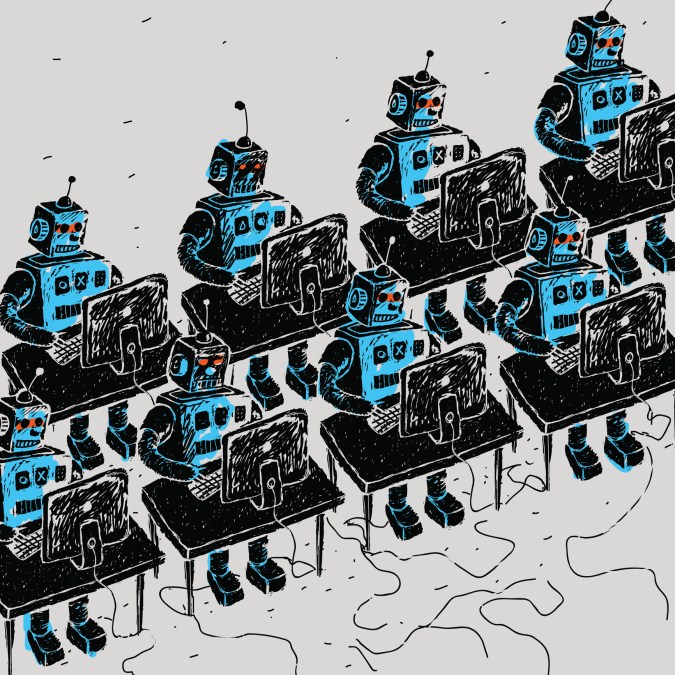AIOps cutting hours of cyber work in Utah, CTO says

Embedding artificial intelligence into the operations of the Utah state government, a practice known as AIOps, is saving officials from countless hours of monitoring for vulnerabilities and network inefficiencies, state Chief Technology Officer Dave Fletcher said Tuesday.
Speaking at the National Association of State Chief Information Officers’ midyear conference in National Harbor, Maryland, Fletcher said his team’s use of AIOps expanded from an “AI Center of Excellence” created four years ago to explore emerging uses of AI in government. He said terabytes of data are fueling new opportunities in operations, particularly for protecting state networks.
“That data gives you the ability to leverage your valuable resources that we’re all short on and be able to get more out of the data in order to address the challenges we have on a day-to-day basis with operations and security,” Fletcher said. “AI is really the next thing. Thirty years ago it was the internet itself and then it was mobile and cloud. Now it’s AI.”
Fletcher said the state’s work with AIOps was born out of an exploration of robotic process automation at its AI Center of Excellence, an organization recommended by researchers at Gartner. What began as a way to streamline operations and save time in spotting vulnerabilities could someday expand into automated remediation of cyber issues, he said.
“AI’s getting democratized and easier to use and you can build new products on top of other products,” Fletcher told StateScoop.
He called AI a broad term encompassing “hundreds of technologies,” any of which might or might not involve data analytics or machine learning.
“You can make either one of those look like AI,” he said. “I don’t know that that’s the important thing. The important thing is being able to achieve what your goals are.”
In Utah’s case, Fletcher said the benefit has been cutting down the amount of time spent sifting through data.
“You can cut hours out of that data collection and analysis in terms of finding what a root cause of a problem is,” he said. “You’re saving a lot of time and making people more efficient.”






